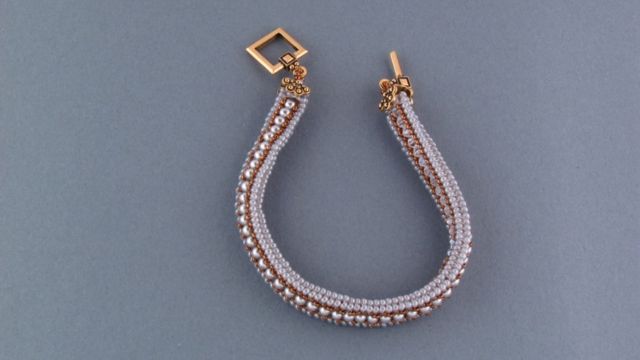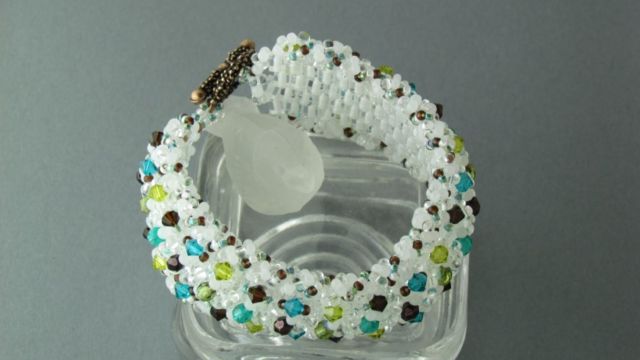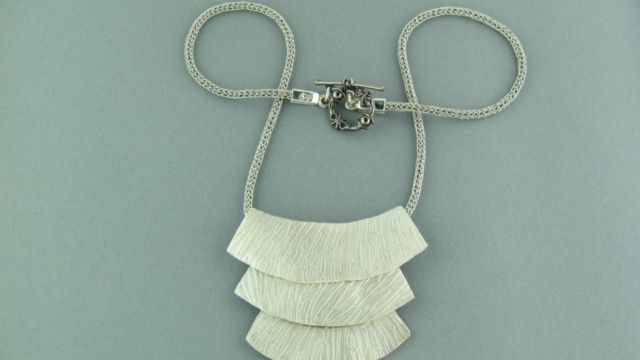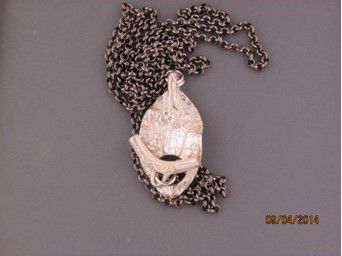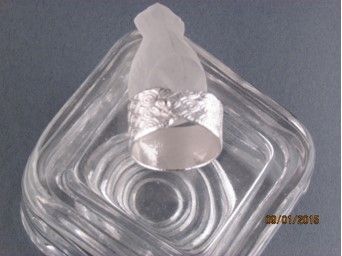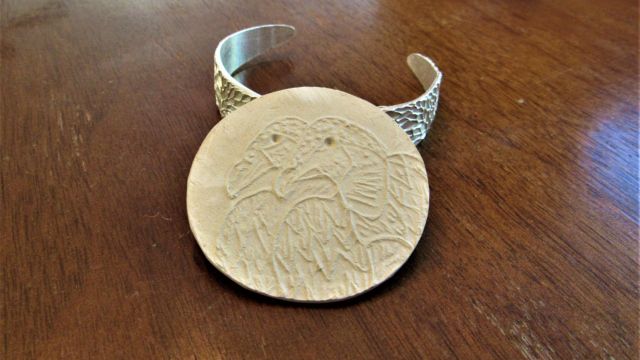 Beverly Beltram has lived a boundless life.
Beverly Beltram has lived a boundless life.
For her first thirteen years as a child in Quebec, Beltram did not perceive a distinction between the country in which she lived, and the country just a few steps beyond where her father worked as a Canadian border guard. “That was America and we were in Canada, but I did not realize the border even existed,” she remembers. The endless horizon prompted her to believe that anything she could imagine, she could do.
She started down the creative path in the third grade, when she made a dress to wear for a special occasion. She vividly recalls its gathered skirt and three rows of border at the hem, fashioned from rick rack or hem tape. Her mother, herself a seamstress, helped with the design and fabrication. A certain light rises in Bertram’s eyes while she recounts the tale. It is easy to understand how she became and remains an artist to the core.
Before finding herself as a maker, Beltram embraced nursing as a profession. She and a friend left Canada after getting their nursing diplomas, intrigued by the transplant work being done at Stanford. While there, she met and married her husband, Tom. They have fifty years of wedded bliss to show for the wisdom of her decision. Beltram talks about her art, and everything she has made over the years; but her husband is the one who hauls piece after piece from the workroom and describes the intricacy of her endeavors.
Parenthood did not detract Beltram from art. In fact, it seems that having children inspired her. She made a doll for her daughter, and when someone observed how cleverly she had done so, a cottage industry arose. The pair began donating some of her creations to charity events, where the fine work of the doll’s garments brought a flurry of orders for baby clothes. A decade followed in which Beltram made hundreds of custom wedding dresses, for ceremonies of all cultures and ethnicities. She even made a wedding dress for a woman who had neither boyfriend nor fiance; she wanted to have a dress “just in case”. Two years later, the woman wore Beltram’s creation to walk down the aisle.
how cleverly she had done so, a cottage industry arose. The pair began donating some of her creations to charity events, where the fine work of the doll’s garments brought a flurry of orders for baby clothes. A decade followed in which Beltram made hundreds of custom wedding dresses, for ceremonies of all cultures and ethnicities. She even made a wedding dress for a woman who had neither boyfriend nor fiance; she wanted to have a dress “just in case”. Two years later, the woman wore Beltram’s creation to walk down the aisle.
Beltram made small presents for each bride — a little purse from the same material as the gown; a beaded bag in which to carry a handkerchief or a sachet. People saw the beaded bags and wanted to order those, too. When Beltram’s son got engaged, Beltram had a vision of the dress which she wanted to wear as mother of the groom. She couldn’t find what she wanted, and decided to make it. So she went to a bead shop and started searching for the colors which she envisioned. A clerk helping her was astonished at the rightness of certain unexpected color combinations. She told Beltram that she would be a natural jewelry-maker. Beltram protested that she didn’t know how to make jewelry. “I can teach you that,” the clerk insisted. “But your eye for color — I can’t teach that. It’s a gift.” Thus began another phase of Beltram’s artistic life.
She and her husband decided that they would start a business, and sell the best jewelry that they could afford to make. With Beverly as the designer and maker; and Tom as the marketer, they launched The Studio at Glenelm, named for a town in Canada where she spent many happy hours as a child. Beltram works in delicate, beautiful media, such as Japanese glass beads and Swarovski crystal, often braiding in intricate styles including the Japanese technique known as Kumihimo. Beltram describes her pieces as “quality fashion jewelry”. She reflects for a moment before answering the question of whether her work qualifies as “art”. “My daughter says it is ‘wearable art’,” she finally responds. “I consider what I do to be creative. I envision something, and then I fabricate a wearable manifestation of what I have envisioned.” She shrugs. “I’ve been told that it isn’t art. It’s what I do.”
They market in fairs and small shops, both in NORCAL and in SOCAL where they lived as a married couple until retirement. They’ve shown at some area festivals, including a successful adventure at a local fair staged by Rio Vista at the Point. They have tried marketing online, but the personal touch seems to work better for them. Beltram describes meeting one customer because the woman was tiny, and Beltram’s display of sterling silver rings sat at eye level for her. Beltram talked with the woman about what the woman wanted. Eventually, Beltram designed and made a gorgeous sterling ring with three embedded stones, the prototype of which she still has. Another customer requested a pendant in pure silver of a vulture watching over her, after the death of her husband. Beltram demonstrates how she made the design, etching it first into soft foam paper, then pressing the pliable silver into the template. The silver will be dried, then sanded, and finally fired. When it is done, a perfect, pure pendant will emerge.
Like most of the artists showing at the Art Fest on July 13th, Beltram will have pieces to sell or take custom orders. At 74, Beltram expects to be creating her jewelry for many years. “It’s different every day,” she explains, holding a bracelet which she calls a “tidal pool” designed, inspired by the myriad colors in a tide pool at Laguna Beach. “Even if I make basically the same piece, each one is completely different and unique. And there’s always more to learn about the work.” Beltram falls quiet as she repacks her pieces. She runs one finger over a particularly lovely, delicate bracelet. The beautiful thing glints in the overhead light. It’s not hard to believe that this artist will continue to evolve, continue to create, continue to embrace a life without borders.
Editor’s Note: On 13 July 2019, twenty Delta-based artists will participate in a group show at Park Delta Bay in the Community Room and under the big tent. We will be featuring profiles of some of the participating artists, of which the following are two. We hope this introduction will inspire you to come see all of the art on display and to explore the work being shown.

